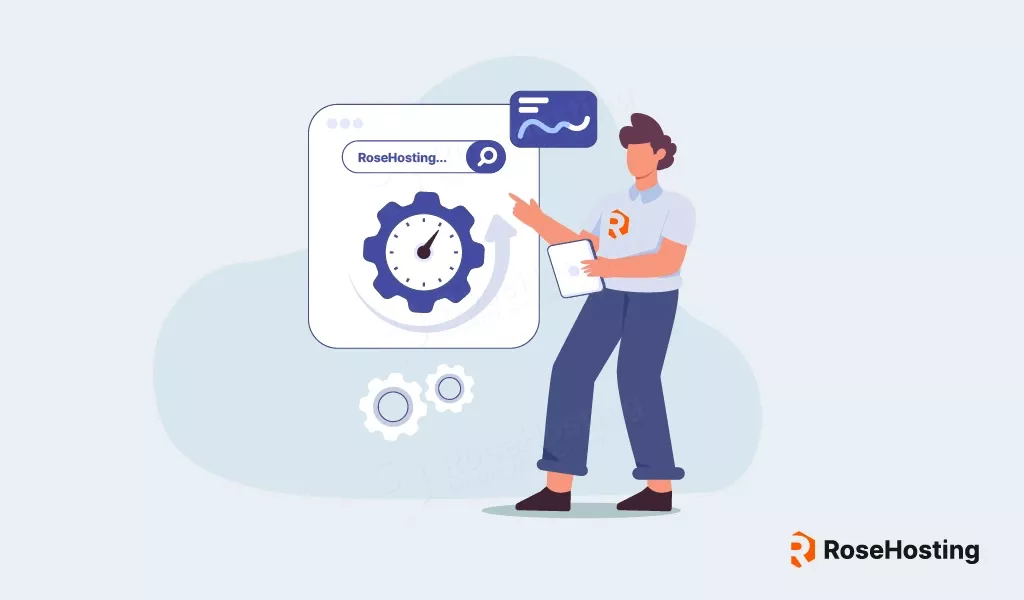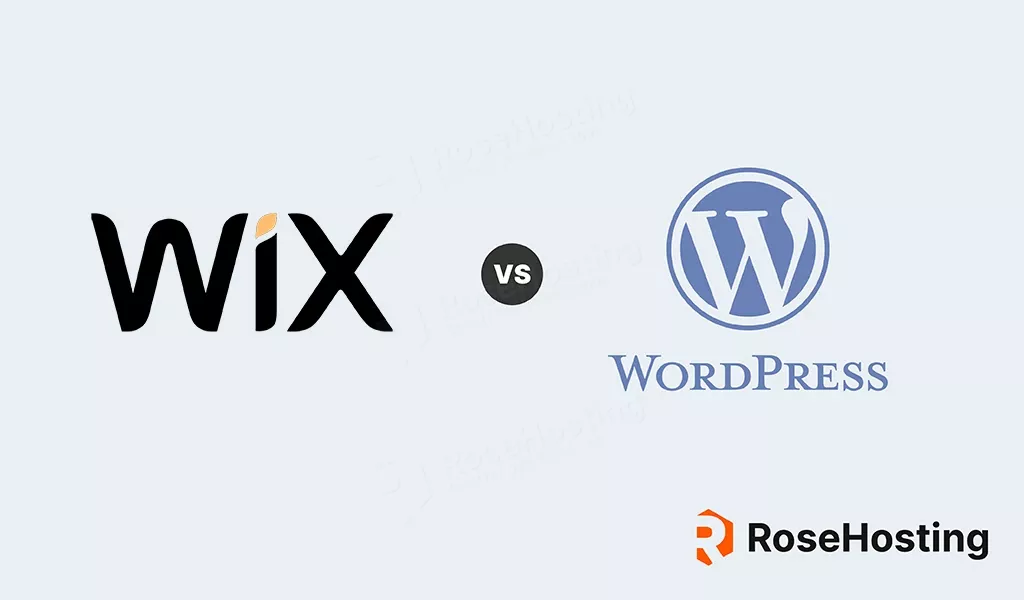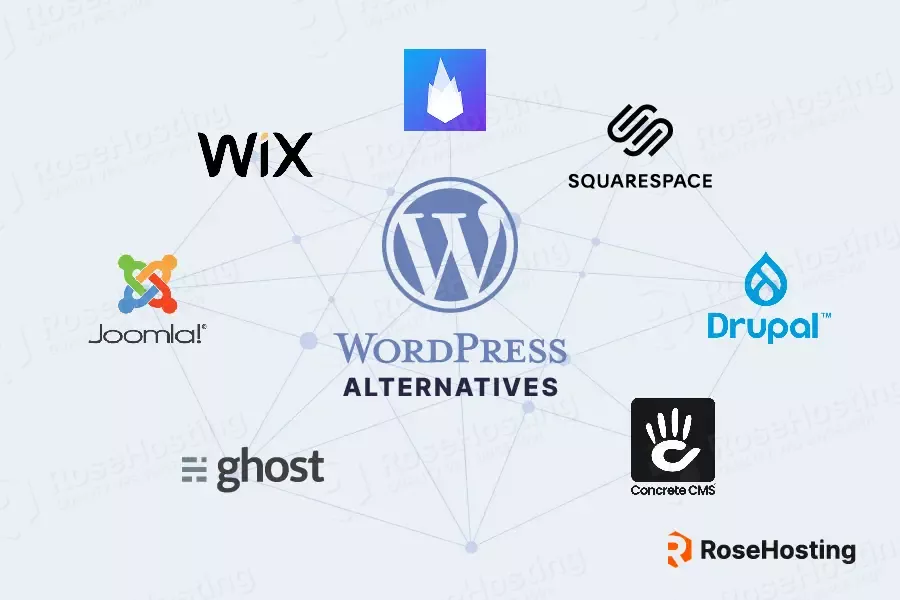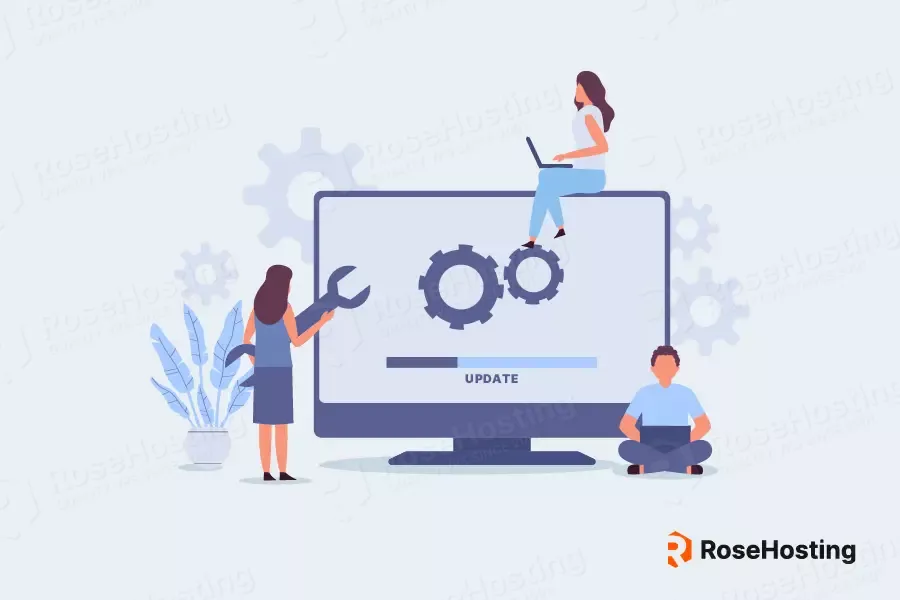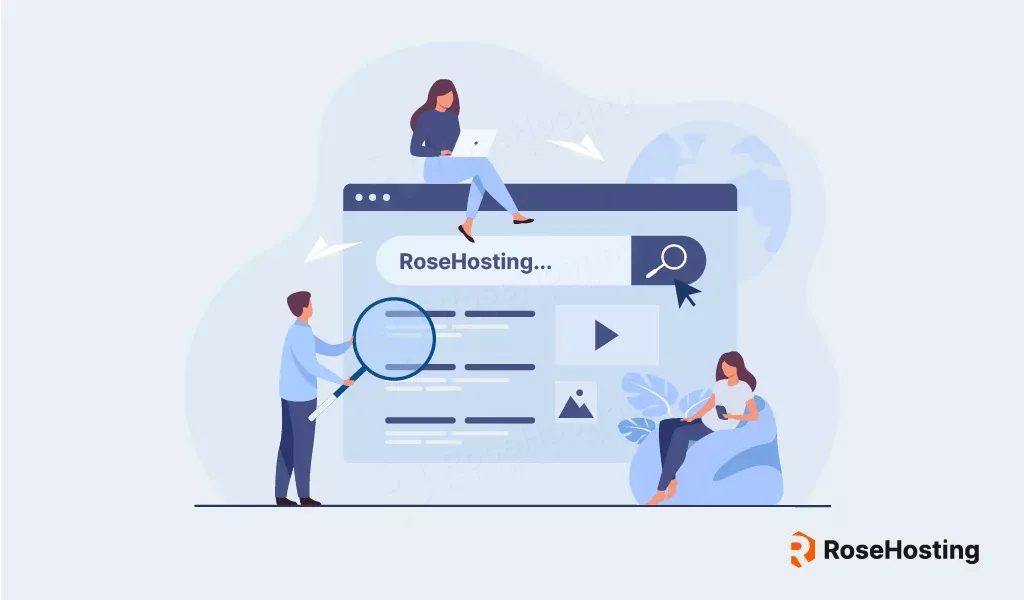
Boosting organic traffic is a crucial part of establishing a strong online presence. With that said, finding ways to boost your organic traffic is becoming increasingly difficult to accomplish.
Analyzing search engine algorithms, maintaining a great user experience, and creating content people want to click on is a time-consuming effort that can even drain your resources. However, if done right, increased organic traffic can help you a lot. You could earn money from blogging, establish your brand, and grow any business online.
